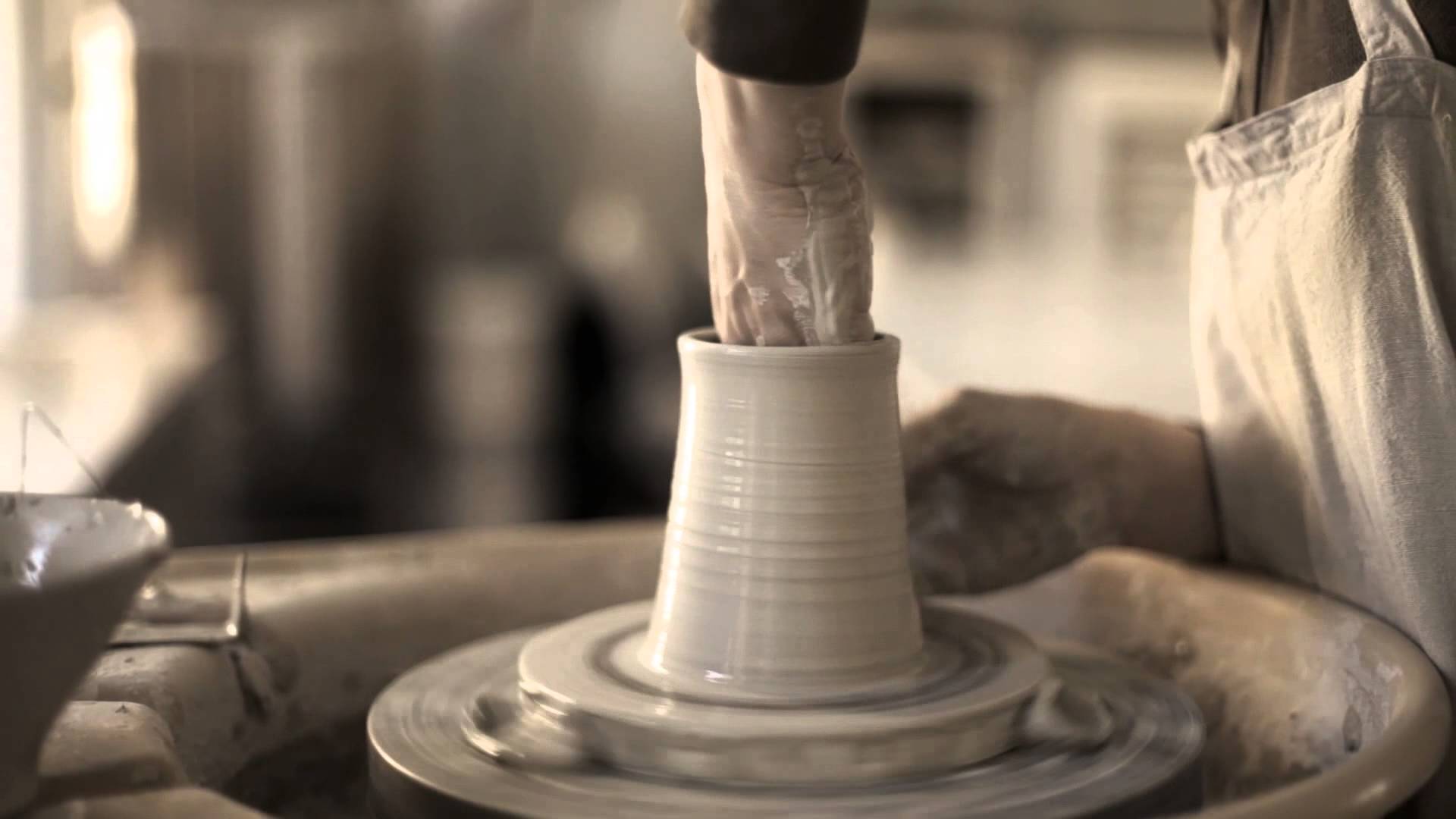6 Crucial Supplies to have in your Pottery Studio
 If you enjoy making pottery to sell to the public, then there are several crucial supplies that you need to keep in a studio. To continue creating unique pottery pieces each day, you must make sure to have a bulk supply of many of these items.
If you enjoy making pottery to sell to the public, then there are several crucial supplies that you need to keep in a studio. To continue creating unique pottery pieces each day, you must make sure to have a bulk supply of many of these items.
1: Clay
In order to make pottery, you need clay that is found naturally in certain regions of the earth. Clay contains a combination of organic matter and iron oxide that an artist can shape using their hands or a potter’s wheel. As an artist, you can find clay in a variety of colors, including red, brown or white. Clay forms in the earth over hundreds or thousands of years, and it is extracted from the soil by mining experts. People have used clay for hundreds of years to make containers to hold liquids, foods or medicines. Some clay pieces are basic to use daily, but many fired pieces of clay are designed as decorative pieces.
2: Specialized Equipment
To make pottery, you need two durable pieces of equipment. You should buy the best potter’s wheel that you can afford because it is the fastest way to make pottery. A potter’s wheel has a mechanism at the bottom that you turn with your feet to keep the top portion of the wheel moving to spin the clay to make plates, bowls or vases. In addition, you must have a kiln to fire or bake your clay artwork so that it has a durable finish that is water-resistant.
3: Storage Units
You will need storage units to hold different types of pottery supplies, including wet clay, tools and finished pottery pieces. It is possible to use large plastic buckets with lids to hold your clay, or you might prefer wooden containers instead. “To hold tools, it is a good idea to have cabinets with shelves and drawers, and if you can find a cabinet with doors that lock, then you can protect your expensive calipers and brushes from vandalism or theft,” said Contemporary Ceramic Studios Association. In addition, you will need to have shelving units or tables where you can place clay pieces before and after the items are fired.
4: Tools
When you are making pottery pieces, you will need tools to help make the decorative or basic bowls, plates or vases. Here are some of the tools required to make pottery:
- Calipers – to measure the interior and exterior portions of pottery
- Brushes – brushes are used to apply water, paint and glazes
- Sponges – natural or synthetic sponges to distribute or absorb water
- Wooden modeling tools – used for trimming and modeling clay
- Ribbon, wire and loop tools – used for designing clay pieces
- Scrappers and ribs – small rubber, steel or wood tools
- Fettling knives – soft or hard blades used for trimming clay
- Cutting wires – used for cutting clay or removing it from surfaces
- Potter’s needles – used for scoring or trimming clay
- Chamois – used for smoothing and compressing clay
5: Glazes
To make pottery that is waterproof, you need to have glazes that coat the surface of a clay piece. It is possible to apply a clear glaze to a pottery vase, plate or bowl to cover embellishments, but in many cases, the glaze is the substance that provides a decorative effect. Most glazes contain silica that melts during the firing process, but there are often additional ingredients in glazes, including alumina, calcium and sodium. When a glaze is used to add beautiful color to your pottery, it might contain cobalt carbonate, iron oxide or copper carbonate.
6: Embellishments
If you want to create attractive pieces of pottery, then you need to buy embellishing supplies such as colorful paints or metal. Advanced pottery artists enjoy expanding their designs by adding paint to the clay before or after it is fired. It is also possible to decorate pottery objects with liquid or solid pieces of metal. During the firing process, interesting things can happen with paint or metal embellishments, making this an important aspect of this form of artwork.
Artists Require Durable Equipment for a Pottery Studio
Some of your pottery supplies are designed to last a lifetime, but other items such as clay and glazes require frequent replenishment.

















